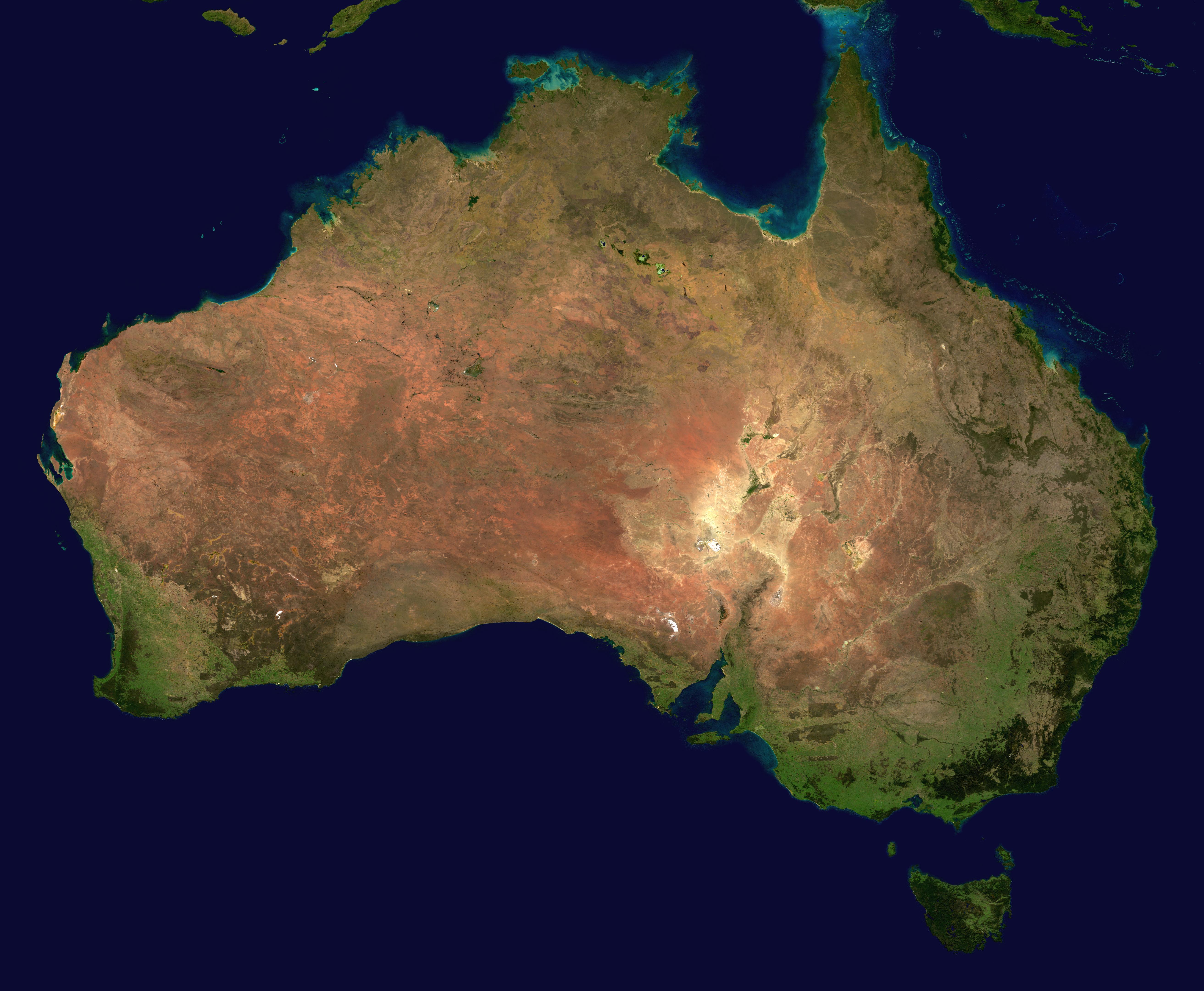 Australia seeks today in the mud and water at 66 people missing after giant waterspouts were generated yesterday and last night went for 20 towns of the State of Queensland, northeast of the country, the area hardest hit by severe flooding. "We have nine confirmed deaths at this time, but we expect that figure to rise and the increase can be very big," admitted the head of the State Government of Queensland, Anna Bligh, who has risen in five the last digit of four victims released yesterday, when there were also six missing.
Australia seeks today in the mud and water at 66 people missing after giant waterspouts were generated yesterday and last night went for 20 towns of the State of Queensland, northeast of the country, the area hardest hit by severe flooding. "We have nine confirmed deaths at this time, but we expect that figure to rise and the increase can be very big," admitted the head of the State Government of Queensland, Anna Bligh, who has risen in five the last digit of four victims released yesterday, when there were also six missing.However, Queensland Police confirmed the discovery of five more bodies in the Lockyer Valley in addition to the nine confirmed by Prime Minister state, thus bringing to 25 the total since December by the worst flooding in five decades. The greatest concern now is the situation in Brisbane, with two million inhabitants, where authorities have begun evacuating several areas with the expectation that the water completely flooded the surface.
Among the nine deaths, reports The Australian, is a child who is the first fatality in Ipswich, near the state capital, Brisbane. "They managed to rescue the mother, but could not remove the child (not the flood)," said Bligh, who added that "the nation must prepare for the fact that the number of people killed by floods will increase." Rescuers look for survivors desperate giant wave that reached two meters and officials called yesterday for "tsunami land." Video from the whirlwind released yesterday by ABC showed chilling images, with the wall of water carried in its wake the town of Toowooba.
Today, The Australian published an article about this "wave that no one knew what was coming." "We hope and pray for it, where most are found safe and sound, but given the circumstances, we are very concerned about the missing", added Bligh. Fear of a repeat of the tragedy of 1974 There are whole families among the missing, and both the Red Cross as the rescue teams could not reach even some of the most devastated areas around the city of Toowoomba.
At this time, a wall of water, which in some places more than eight feet high, continues down the river valley Lockyer in Queensland and draws everything in its path, as houses are intact down the stream in television images. Forecasters believe that the rains will continue over the next few hours, and is trying to assess what the impact of floods when they reach the Wivenhoe Dam.
When you reach the limit of the capacity of the dam, you can not hold water to release the Brisbane River, which passes through the center of the homonymous city, the third largest in Australia. The river has overflowed and passing through Brisbane, where thousands of citizens trying to walk out of the slums to escape the floods.
Authorities had begun several hours before evacuating some communities in the capital and parts of the city itself to the expectation that the water completely flooded the surface along this week, as indicated by the Mayor Campbell Newman. In the north of the capital, police have asked residents of West End, Strathpine and Caboolture to leave their homes and on their way to the highlands, reports The Australian.
In the east, residents of Ipswich are being relocated to several shelters to the possibility that the waters of Bremer also exceeded normal levels. In the Lockyer Valley, the population was evacuated yesterday with the arrival of the first floods in Brisbane. In the capital of the central and some districts have already been evicted.
In the upland areas still running public transport. The authorities have asked the rest of the inhabitants of the city to stay at home and avoid driving to avoid repeating the tragedy of 1974 <7A>, when 14 people were killed, 300 injured and 6,700 houses were flooded in other floods. Australian Prime Minister, Julia Gillard, has warned that Queensland still facing dark days, "thus recalling that announce weather forecasts for more rain this week.
The Australian Government has so far paid four million dollars (three million euros) to help the 200,000 homeless and approved a special fund of nearly $ 77 million (59.5 million) for local governments. Agriculture, mining and tourism are the ones who suffer most from the damage caused by natural disaster, according to provisional estimates of the authorities, above 6,000 million (4.628 million euros).
These estimates do not include damage to mining and agriculture, the two most important sectors of the country.



- Equipos Leads the Field with UCITS IV Standards-Based Key Investor Information Document (KIID) Solution in Europe (02/12/2010)
- clarke thomas: thechicane: Ferrari 166 FL Juan Manul Fangio for Team Equipo Argentino. Perfect. my fav racing driver, was called Fangio by my family. (plus got a good photo of his Alfa) (22/12/2010)
- Palace amnesty insults 'desaparecidos' kin (07/12/2010)
- Harry Gross: If you didn't buy a ticket, you didn't win the lottery (11/01/2011)
- Oprah Winfrey and The Ten Tenors (10/01/2011)
No comments:
Post a Comment